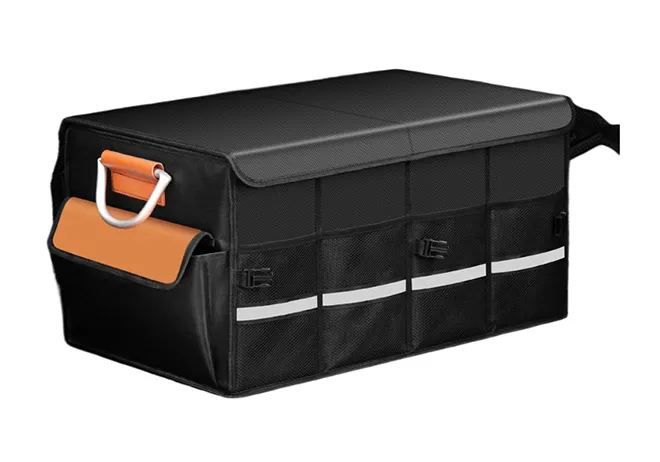From a technical standpoint, reducing stations consist of several key components, including pressure regulators, relief valves, and monitoring systems. Pressure regulators are designed to automatically adjust the flow of fluid to maintain a constant output pressure despite variations in input pressure or demand. Relief valves, on the other hand, are crucial for safety, as they release excess pressure that could otherwise lead to catastrophic failures. Monitoring systems provide real-time data on pressure, flow rates, and other critical parameters, allowing operators to make informed decisions and intervene when necessary.






















